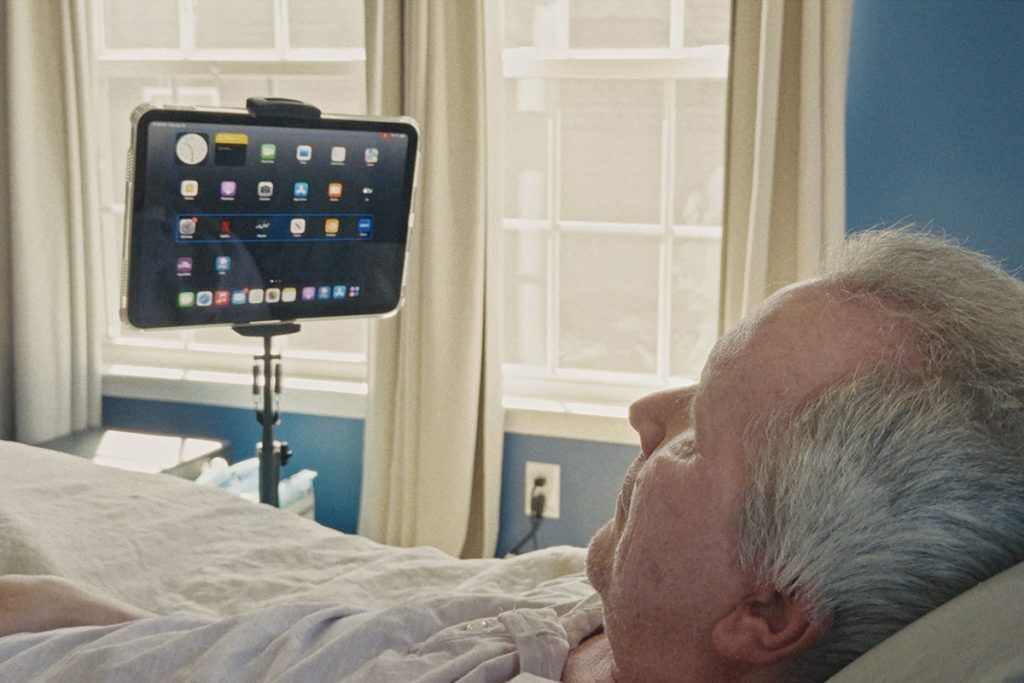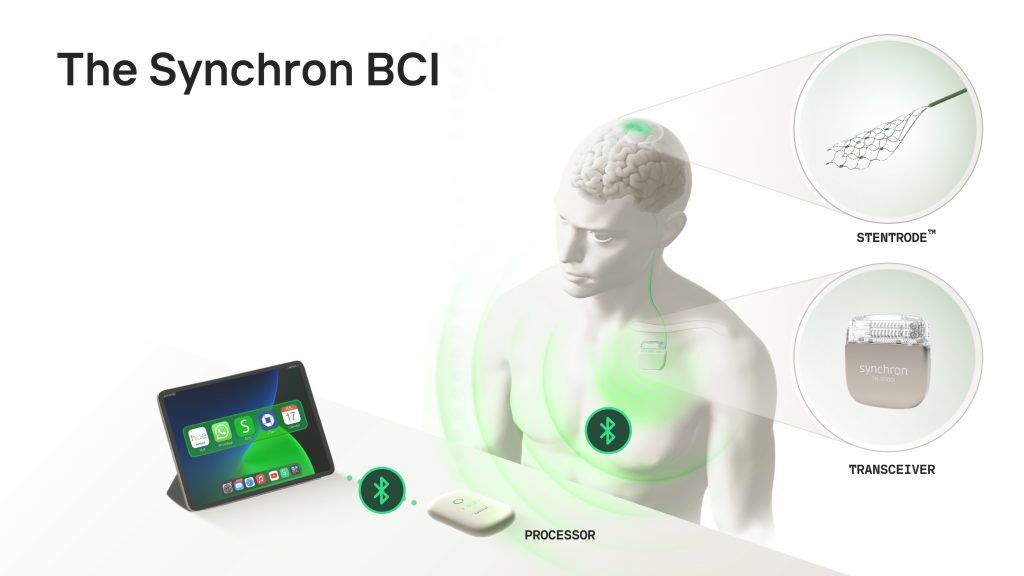
Synchron combines brain implant with Apple’s BCI protocol to enable control of consumer electronic devices via neural signals.
Neurotech company Synchron has demonstrated what it claims is the first public use of an iPad controlled entirely by thought. The company’s implantable brain-computer interface (BCI) was used by a clinical trial participant living with ALS to navigate an iPad home screen, launch applications and compose text without relying on hands, voice or eye-tracking.
The development shows that neural interfaces, once considered niche assistive technologies, are now being supported at a platform level for mainstream consumer devices.
“When I lost the use of my hands, I thought I had lost my independence,” said trial participant Mark. “Now, with my iPad, I can message my loved ones, read the news, and stay connected with the world, just by thinking. It’s given me part of my life back.”
The demonstration shows how Synchron’s neural implant works in tandem with Apple’s newly introduced Brain-Computer Interface Human Interface Device (BCI HID) protocol and built-in accessibility features. The Stentrode implant, a so-called “endovascular” BCI, is placed within the brain via blood vessels, avoiding the need for open-brain surgery. It detects neural signals associated with motor intention and transmits them wirelessly to an external decoder.
The demonstration builds on Apple’s recent announcement of the BCI HID protocol, which formally recognizes brain signals as a native input method for its operating systems. Using a combination of the new protocol and Apple’s Switch Control, those neural signals are translated into digital commands that can control iPads, iPhones and Apple Vision Pro devices. The BCI HID system supports closed-loop communication, allowing devices to share contextual screen data back to the decoder for improved accuracy and responsiveness, enabling intuitive control entirely through cognitive input.

“This is the first time the world has seen native, thought-driven control of an Apple device in action,” said Dr Tom Oxley, CEO and Founder, Synchron. “Mark’s experience is a technical breakthrough, and a glimpse into the future of human-computer interaction, where cognitive input becomes a mainstream mode of control.”
Avoiding the need for invasive open-brain surgery, Synchron claims its endovascular technique is minimally invasive and has been used in human trials since 2019. The company, which raised an oversubscribed $75 million Series C funding round in 2022, bringing its total raised to $145 million, is preparing for larger-scale studies and says it is continuing “controlled rollouts” of Apple-enabled experiences for its clinical trial participants.


